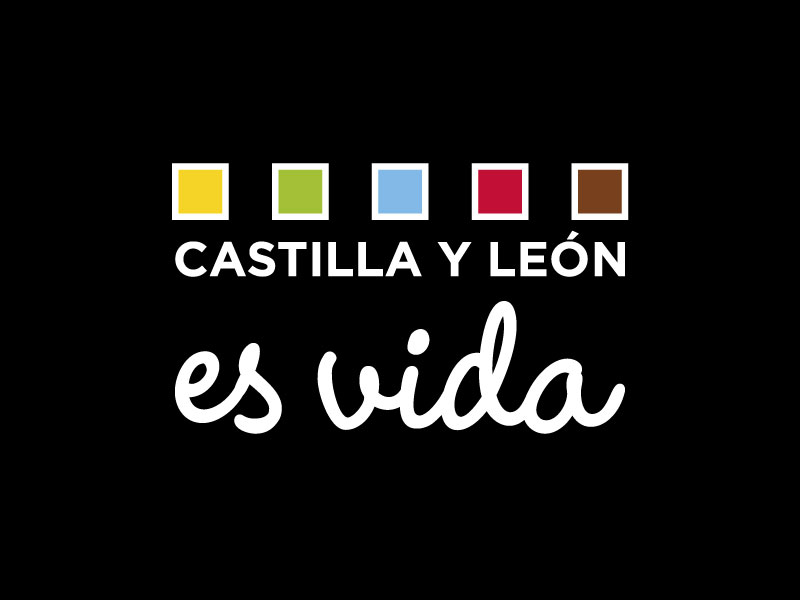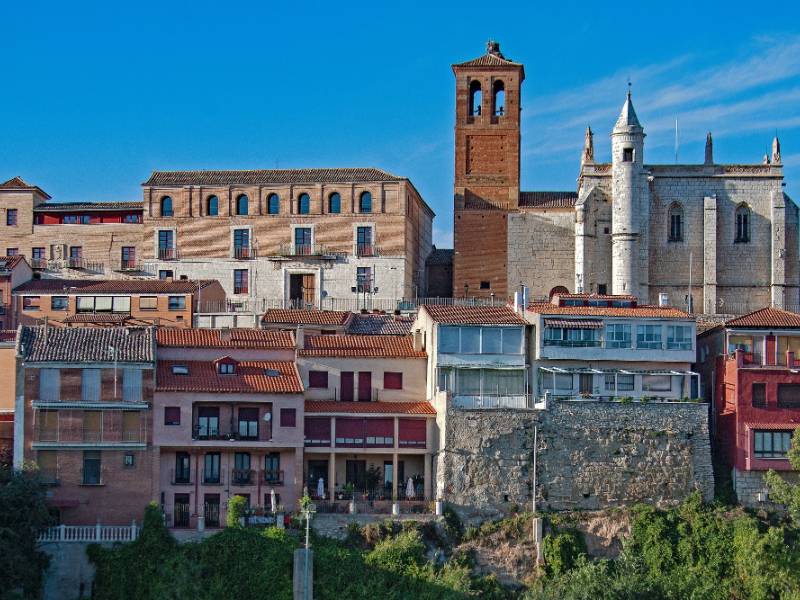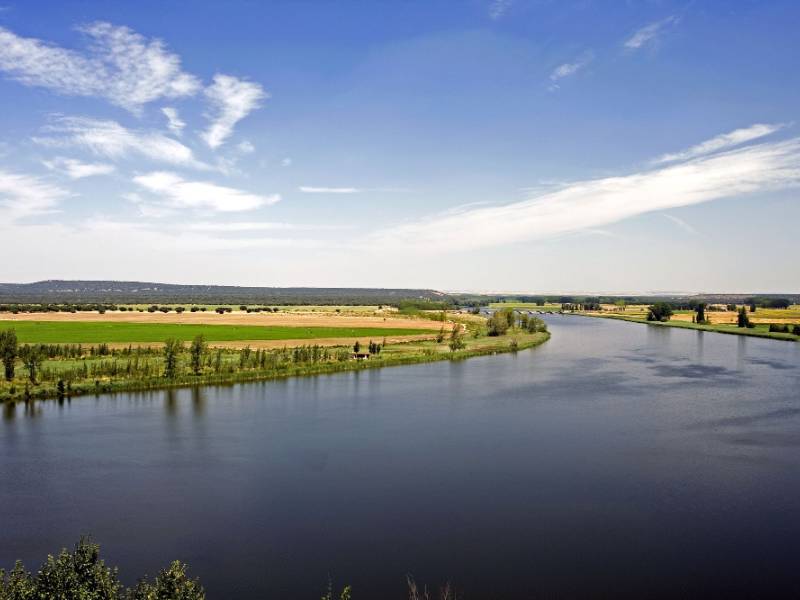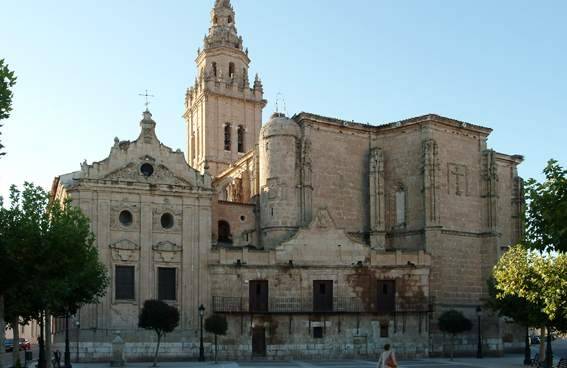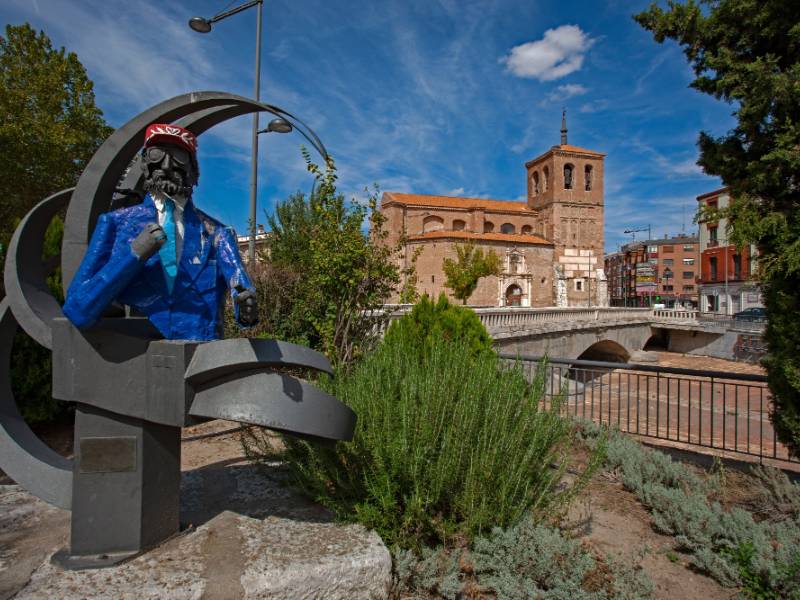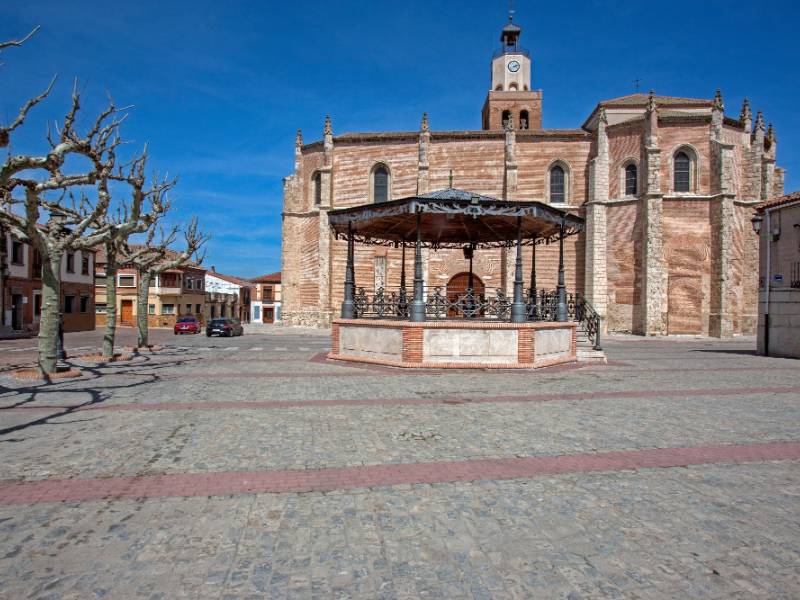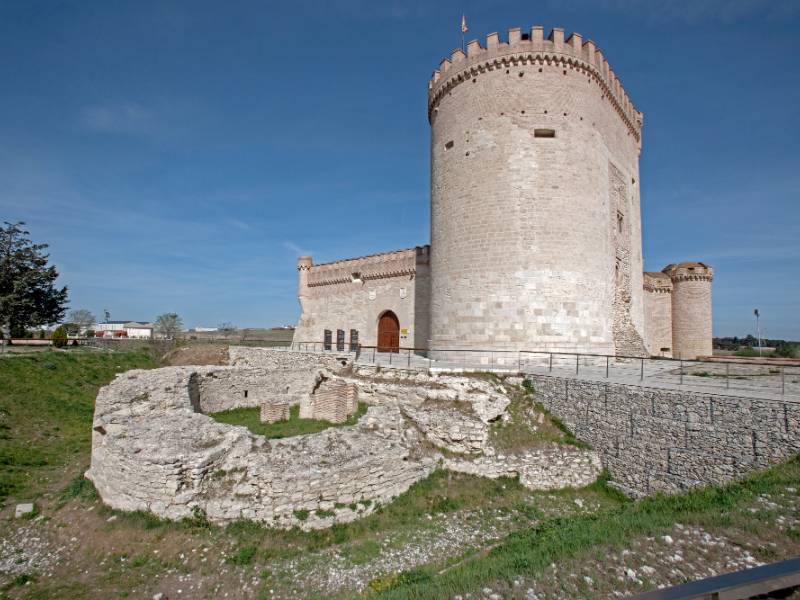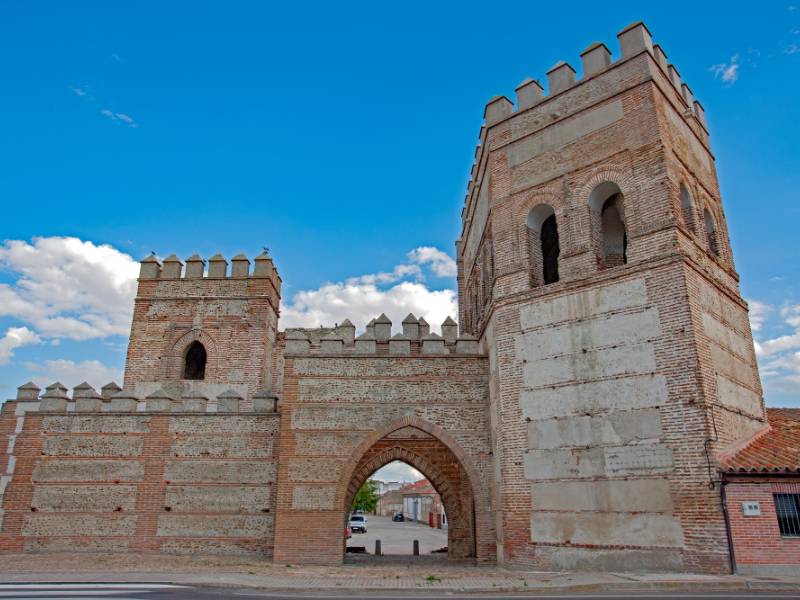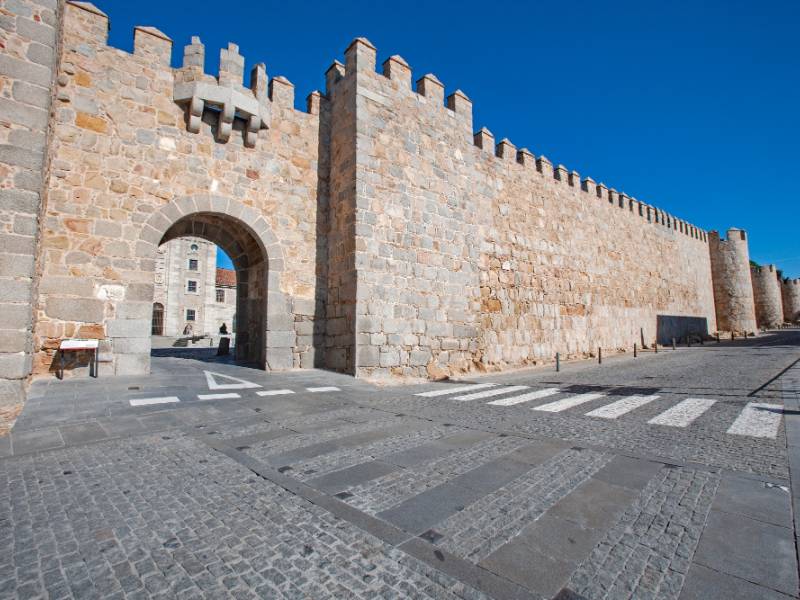Route 6 Center. Section 2 - Madrigal de las Altas Torres
- Previous
- Following
On the Avila plain and with an illustrious past, Madrigal de las Altas Torres stands out for its powerful historical heritage.
Birthplace of Isabel la Católica and residence of kings, this beautiful walled town is an essential destination for lovers of Mudejar art, culture and history.
Discover its royal palace, the great tower of San Nicolás or the Royal Hospital and enjoy its quiet streets and squares full of beautiful corners.
Enjoy their tasty roasts and the typical Morañego stew.
We will wait for you!
Reference to content
What to see?
Church of San Nicolas de BariMore information
Mudéjar parochial church built in the 13th century, with two apses with brick archways and coffered ceilings. Also worth a look are the paintings and sculptures and the 75-metre-high tower.Isabel la Católica...
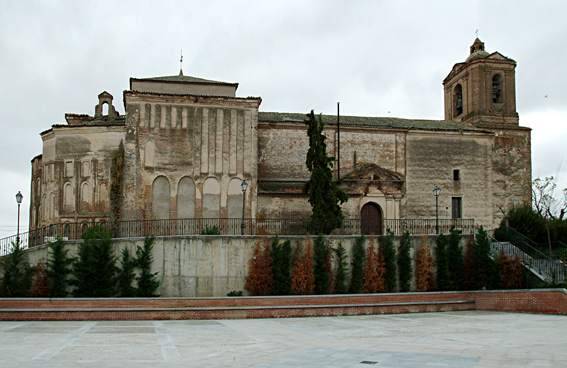 Church of Santa Maria del CastilloMore information
Church of Santa Maria del CastilloMore information12th-century mudejar structure located on the site of an earlier fortress.The church has a single nave with a Latin cross ground plan and the ornate altarpieces are Baroque. The belfry tower is topped...
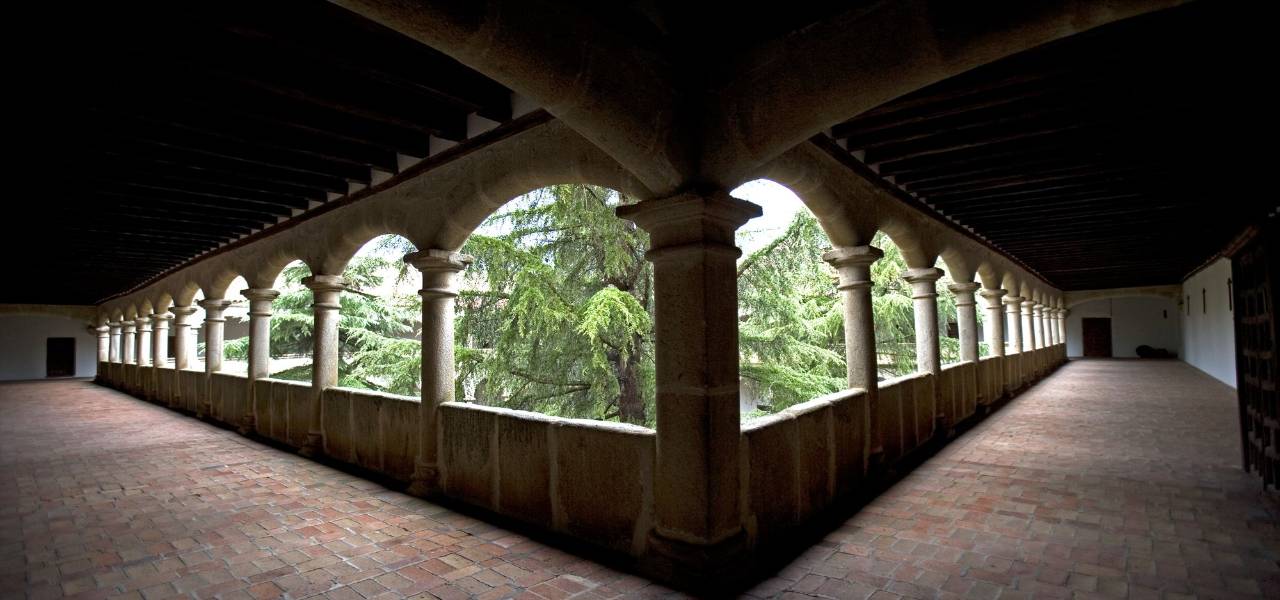 Augustinian convent and Palacio de Juan IIMore information
Augustinian convent and Palacio de Juan IIMore informationIt was King Juan II's palace once; it became later on, and is still at present, a convent for the Augustinian order, an order which was joined by several bastard daughters of the Kings Fernando el Católico,...
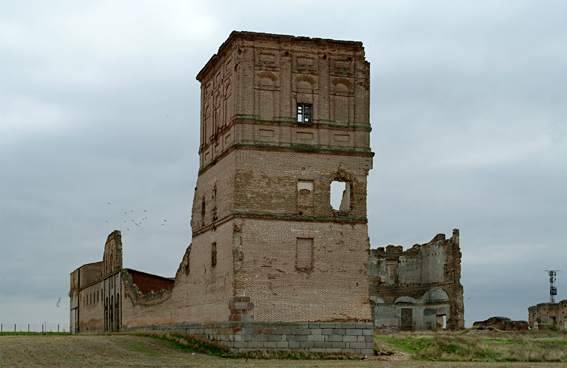 Convent of San AgustinMore information
Convent of San AgustinMore informationThe convent, situated outside the walls of the town, was founded in 1353, according to privilege of Alfonso XI, as a convent of nuns, linked to the Court, passing its property to the Austin Friars as convent...
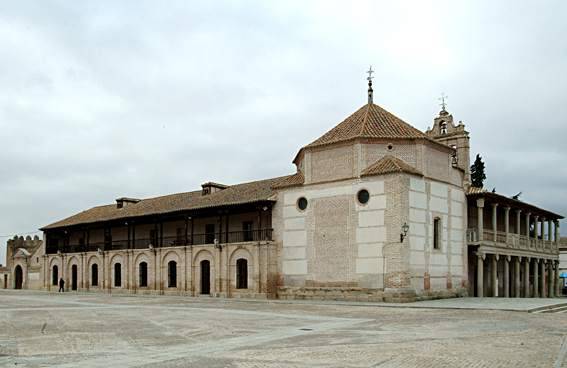 Hospital of the Purisima ConcepcionMore information
Hospital of the Purisima ConcepcionMore informationFundado por María de Aragón, esposa de Juan II de Castilla, en 1443, conserva de su primitivo estado el doble pórtico de cantería, renacentista, con los escudos reales en columnas y antepechos.The chapel...
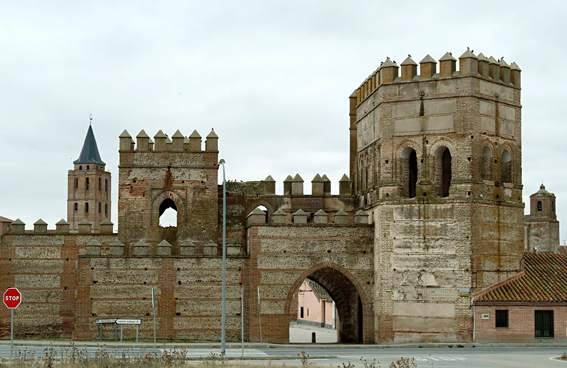 Walls of Madrigal / Doors of Cantalapiedra - de Medina - Arevalo and PeñarandaMore information
Walls of Madrigal / Doors of Cantalapiedra - de Medina - Arevalo and PeñarandaMore informationSe conserva gran parte de las murallas y de sus torreones, que engloban un perímetro de 2.300 metros, casi circular, erigido en el siglo XII bajo el reinado de Alfonso VIII y acorde con el estilo neobabilónico...

